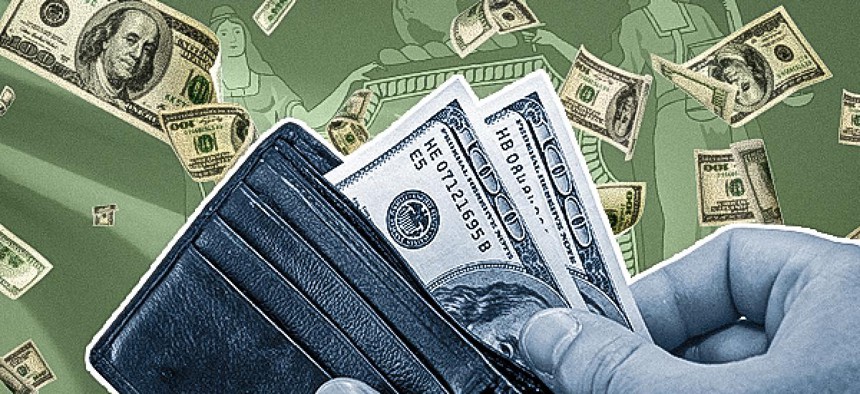The global economy could slow down this year and pick up again next year. Growth will remain weak by historical standards as the fight against inflation and Russia’s war in Ukraine weigh on activity.
Despite these headwinds, the outlook is less gloomy than our October forecast and could mark a turning point as economic growth bottoms out and inflation eases.
Growth proved surprisingly resilient in the third quarter of last year, with strong labor markets, strong household consumption and business investment, and a better-than-expected adjustment to Europe’s energy crisis. Inflation has also improved, with leading indicators falling in most countries, although core inflation, which excludes more volatile energy and food prices, has not yet peaked in many countries.

Elsewhere, China’s sharp reopening paves the way for a swift recovery in activity. And global financial conditions improved as inflationary pressures eased. This and the weakening of the US dollar from its November high did not bring any relief to emerging and developing countries.
Inflation reports are encouraging, but the battle is far from over. Monetary policy has taken a major hit and many countries have seen a slowdown in new home construction. However, inflation-adjusted interest rates in the euro area and other economies remain low or even negative, and there is considerable uncertainty about the pace and effectiveness of monetary tightening in many countries.
Because we don’t have a crystal ball, it’s impossible to accurately predict the future! This is especially true when it comes to economic matters including investments, real estate, interest rates, inflationary pressures, government actions, international factors, etc. What are the consequences of inflation, recession, interest rates, Federal Reserve Bank decisions, etc.? How can you hedge your bet to minimize unnecessary risk while still getting a quality return?
There is no easy answer to this as there are many factors at play. With that in mind, in this article, we will attempt to briefly review, examine, and revise the potential factors to help readers better understand the possibilities.
Interest rates: We’ve had historically low-interest rates for an extended period. He created easy money because the cost of borrowing is so low. Individuals and businesses have benefited, at least in the short term, as buyers have bought more homes because their monthly payments are low due to low mortgage rates. Corporate and government bonds as well as banks produced weak returns. It has curbed inflation and pushed up house prices, something we haven’t seen in recent times. The Federal Reserve has signaled that it will end this support and raise rates maybe three times in 2022. What do you think this will entail?
Auto Loans, Consumer Credit: The automotive industry has been hit hard by supply chain challenges. When interest rates rise, car loans and leasing become more expensive. This trend began after the passage of the tax reform bill in late 2017, which created a new starting deficit of $1 trillion.

Public spending caused by suffering and economic hardship, for closures, etc more indebted. Unfortunately, the debts must finally be paid.
Perception and Attitude: Obviously, the last few years have created a lot of public opinion and fear, which has had devastating economic effects.
If we begin to plan effectively, and with common sense and an open mind, many will be at risk. Wake up America and demand better leadership, better service, and better representation.






